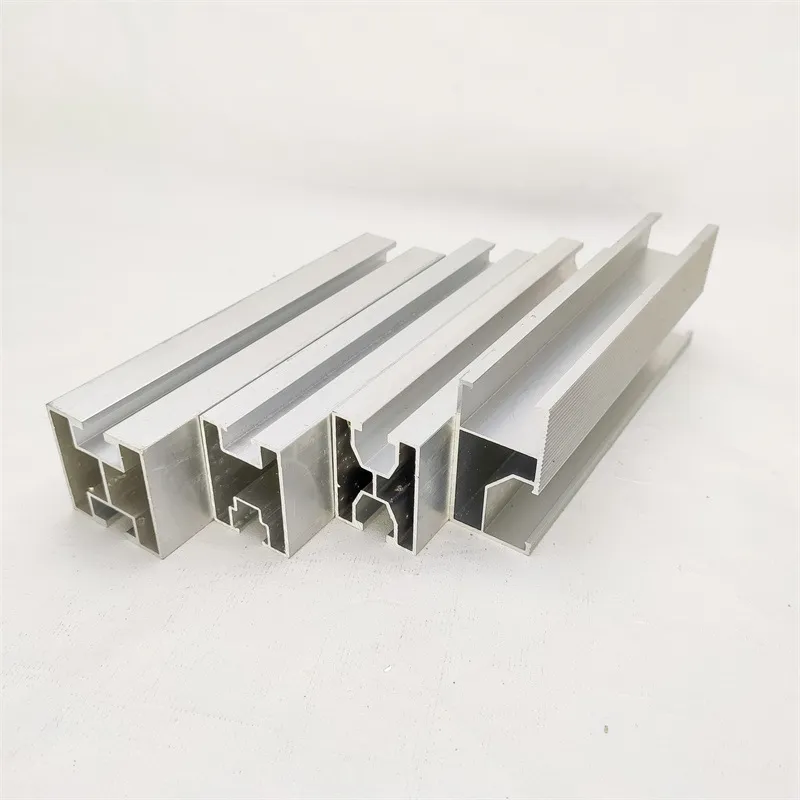

Hex Flange Nuts for Secure Fastening Solutions in Various Applications
Nov . 16, 2024 18:00 Back to list
Hex Flange Nuts for Secure Fastening Solutions in Various Applications
Understanding Nut and Hex Flange Components in Engineering Applications
In the world of engineering and construction, the importance of reliable fastening solutions cannot be overstated. Among various types of fasteners, nuts and hex flanges play a critical role in ensuring structural integrity and load distribution in myriad applications. This article delves into the significance of nut and hex flange components, their functions, and common applications in engineering.
What is a Nut?
A nut is a hexagonal block with a hole in its center, designed to fit onto a bolt or screw. The primary function of a nut is to secure two or more components together, allowing for tension and load-bearing capabilities. Nuts come in various sizes and materials, including steel, stainless steel, and plastic, enabling versatility depending on the specific requirements of an application. They are typically used in conjunction with washers and bolts to enhance load distribution and prevent damage to the surfaces being fastened.
Introduction to Hex Flange Nuts
Hex flange nuts are a specific type of nut that features a wide flange at the base. This flange acts similarly to a washer, distributing the load over a larger surface area, which is particularly beneficial in reducing the risk of damage to softer materials. The hex shape allows for easier gripping with tools during installation, making them an efficient choice for assembly tasks.
Advantages of Hex Flange Nuts
nut hex flange

1. Load Distribution The flange design helps to spread the load, reducing stress concentrations that could lead to material failure. 2. Reduced Fastening Time Because of their design, hex flange nuts can often be installed without the need for an additional washer, streamlining the fastening process and saving time during assembly.
3. Corrosion Resistance Many hex flange nuts are available in materials that resist corrosion, making them suitable for use in harsh environments, such as marine applications or chemical processing.
4. Stability Under Vibrations The flange provides a stable bearing surface, making it less likely for the nut to loosen due to vibrations, which is a common concern in high-stress applications.
Applications of Hex Flange Nuts
Hex flange nuts are prevalent in various industries, including automotive, construction, and manufacturing. In automotive assemblies, they are used for securing engine components and chassis parts. In construction, they are utilized for fastening structural steel beams and supporting brackets, ensuring that buildings and bridges remain stable. With their durability and effectiveness, hex flange nuts have become a trusted choice in any assembly where reliable fastening is crucial.
Conclusion
The integration of nut and hex flange components in engineering applications exemplifies the balance between functionality and reliability in fasteners. As industries continue to evolve and innovate, understanding the role and benefits of various fastening solutions, such as hex flange nuts, will remain essential for engineers and builders alike. For anyone involved in construction or assembly, recognizing the importance of these components can lead to more robust and durable outcomes in any project.
Latest news
-
Premium Fasteners Manufacturer | AI-Driven Solutions
NewsAug.01,2025
-
Hot Dip Galvanized Bolts - Hebei Longze | High Strength, Corrosion Resistance
NewsAug.01,2025
-
High-Strength Hot Dip Galvanized Bolts - LongZe | Corrosion Resistance, Custom Sizes
NewsAug.01,2025
-
Best Self Tapping Screws for Drywall - Fast & Secure Installation
NewsJul.31,2025
-
High-Strength Hot Dip Galvanized Bolts-Hebei Longze|Corrosion Resistance&Customization
NewsJul.31,2025
-
Hot Dip Galvanized Bolts-Hebei Longze Metal Products|Corrosion Resistance&High Strength
NewsJul.31,2025

